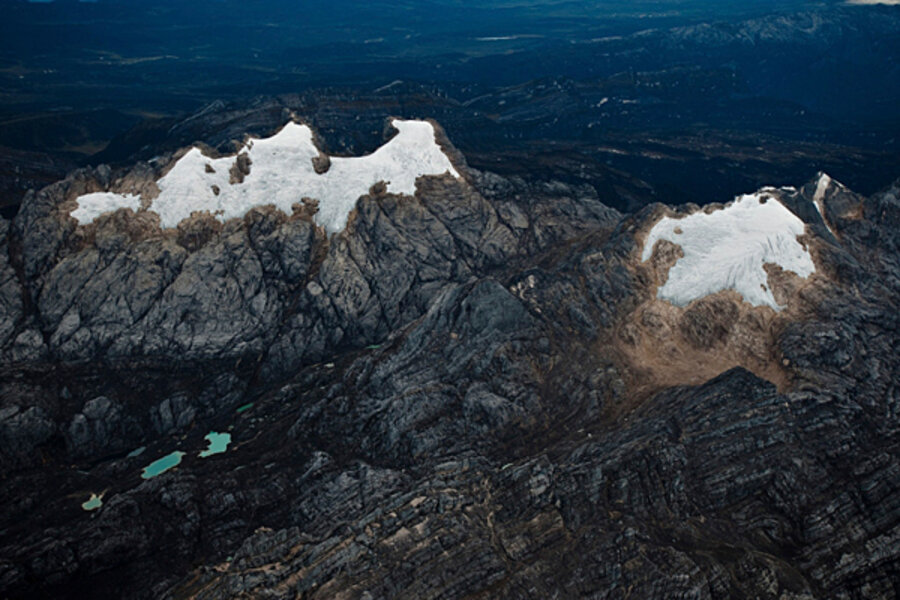Global warming: World's highest island glacier vanishing
Loading...
Ice cores extracted in June from one of the last tropical glaciers in the Pacific recently arrived in the United States, where researchers will spend the coming months scrutinizing their every detail.
Glaciologists spent two grueling weeks drilling for the ice cores atop Puncak Jaya in Papua, Indonesia. Puncak Jaya is the Earth's highest island peak and the tallest mountain between the Andes and the Himalayas at 16,000 feet (4,884 meters).
Reach team member Dwi Susanto of Columbia University said the excursion was "a lifetime achievement for me, as I usually work at sea level."
The mission may have been a once-in-a-lifetime mission for another reason: The Puncak Jaya glacier is disappearing — fast. The glaciologists who drilled through the cap, led by Lonnie Thompson of Ohio State University, said the ice field could vanish within the next few years. [See images of the scientists at work.]
These invaluable ice cores are like climate time capsules buried thousands of years ago that show successive layers of ice and snow that have been laid down on glaciers. They enclose tiny bubbles that contain samples of the atmosphere trapped when each layer of ice first formed. By unlocking their secrets, scientists will reveal how the climate has changed over thousands of years.
The researchers successfully removed three ice cores from two peaks at the Northwall Firn glacier. At the Puncak Sumantri peak, the research team drilled to the bedrock and pulled out two cores totaling nearly 100 feet (30 meters) long each. At the Puncak Soekarno peak, the team extracted an ice core that was 85 feet (26 meters) long.
The drilling was accomplished despite nightmarish weather. Temperatures around 6 degrees Fahrenheit (minus 14 degrees Celsius) were the norm. Torrential winds and pouring rains toppled a tent at the base Saddle camp. These same weather conditions are also pushing the glacier into a fast retreat.
Yet, the rain is also helpful for researchers. They collected rain samples to compare to data from 11 weather stations in the area, which will help the researchers translate the climate history that's locked inside the ice cores. Measuring the stable isotopes of oxygen and hydrogen in the ice will help the researchers calculate past temperatures. Other chemicals preserved in the ice reveal changes in the atmosphere such as those that occurred during major volcanic eruptions. Dust in the ice may signal a drought while some certain compounds may reflect a fire, such as from forest burning.
The glaciologists are hopeful that the new data will provide a long-term record of the El Nino-Southern Oscillation (ENSO) phenomenon that controls how the climate changes in the tropics (and also influences weather patterns elsewhere, including the United States).
An analysis of the first of the cores is expected by December, the researchers said.





